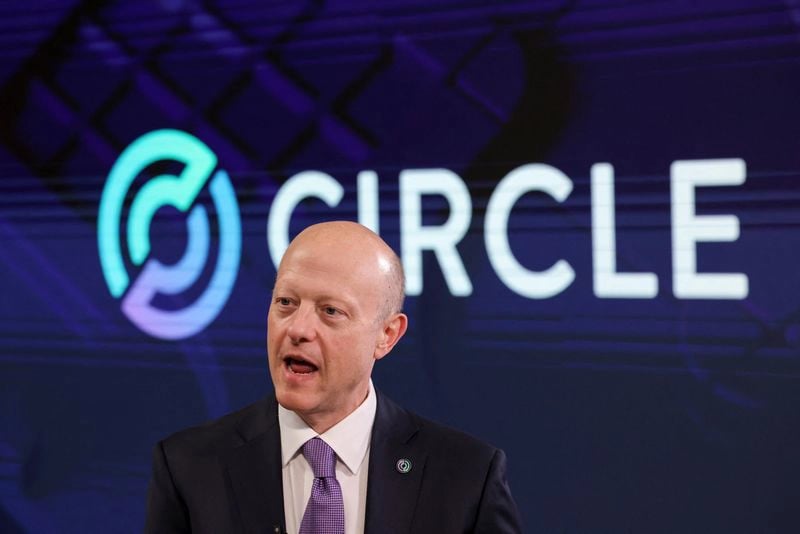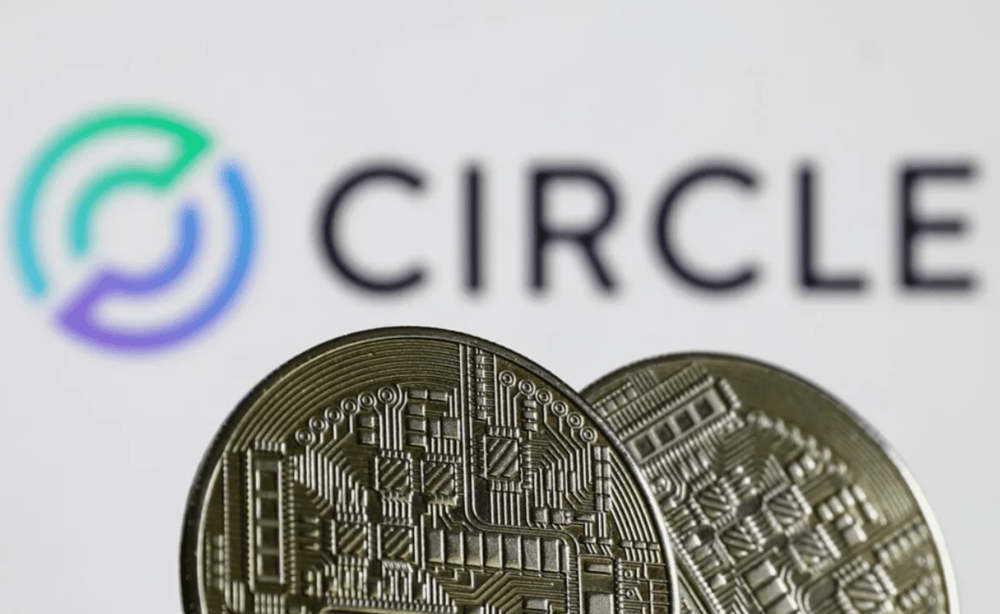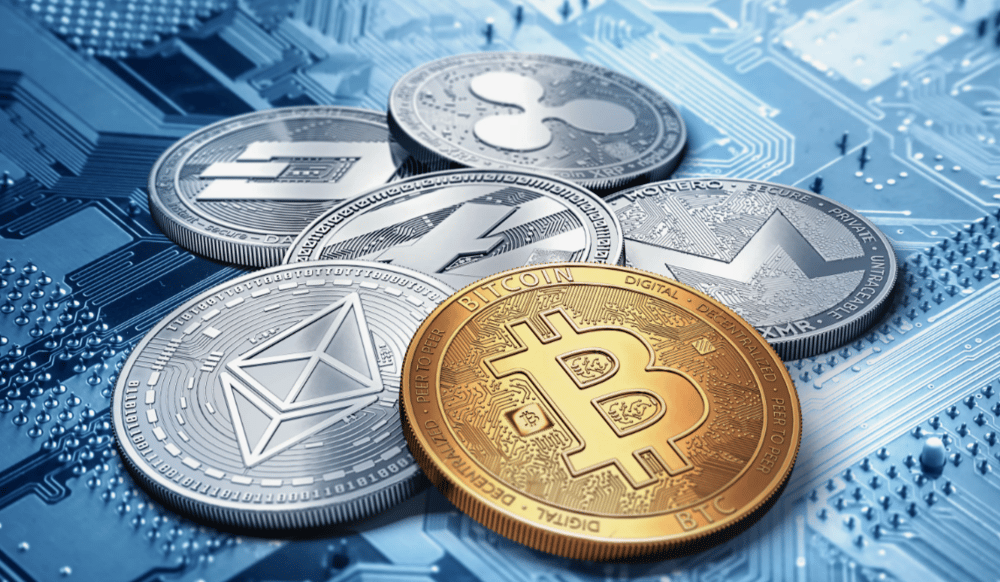On Tuesday, Ripple made headlines by announcing its intention to acquire the multi-asset broker Hidden Road for US$1.25 billion. This marks the second deal this year involving a transaction of over a billion dollars, underlining the rapidly evolving landscape of digital assets and the growing integration of crypto innovations with traditional finance.
Strategic Context of the Deal
Recent market developments have highlighted an emerging trend: the gradual removal of regulatory barriers in the United States. Ripple’s CEO, Brad Garlinghouse, pointed out that the U.S. market is opening up as oversight from what was formerly the Securities and Exchange Commission winds down. With digital currencies like Bitcoin gaining prominence, the acquisition comes at a pivotal moment when traditional financial systems are adapting to meet the demand for innovative crypto solutions.
This strategic move is taking place amid notable political commentary. For example, a prominent former U.S. leader recently declared ambitions to become a “crypto president,” illustrating the political and economic climate that is increasingly favorable to digital asset integration. The acquisition of Hidden Road, a sophisticated multi-asset broker, thus represents not just an expansion of Ripple’s service portfolio but also a shift towards bridging the gap between legacy financial institutions and modern blockchain technology.
Key Developments in This New Chapter
An in-depth analysis of the deal uncovers several critical aspects that could shape the future of Ripple and the broader crypto market. The main factors include:
- Strengthening international positions in digital finance
- Introducing innovative tools and services specifically designed for multi-asset brokerage
- Enhancing the infrastructure for efficient trade clearing operations
- Integrating advanced technology into processes like securities lending and leveraged transactions
The acquisition goes beyond a mere expansion of services; it reinforces Ripple’s strategic intent to redefine the connection between traditional banking systems and the rapidly expanding realm of digital assets.
Timeline of Key Developments
1. Ripple announces the acquisition of Hidden Road
2. Detailed analysis of the market conditions and potential strategic benefits
3. Regulatory discussions commence amid the easing of SEC oversight
4. Integration planning for merging Hidden Road’s services with Ripple’s digital asset operations
5. Implementation of modernization initiatives across the company’s financial infrastructure
This ordered timeline reflects a meticulous approach that underscores the commitment to transparency and stability during the integration process. Effective management of this transition is critical not only for a smooth merger of operations but also for sustaining competitive strength in a dynamic global market.
The Role of the Multi-Asset Broker Hidden Road
Hidden Road is set to become a cornerstone in Ripple’s strategy to expand its technological and service capabilities. The multi-asset broker offers comprehensive solutions for clearing operations, securities lending, and leveraged trade execution—a suite of services traditionally exploited by hedge funds and institutional investors. These advanced functions are vital for smooth financial operations and offer the following advantages:
- Cutting-edge IT solutions that streamline trading processes
- High levels of operational transparency and reliability
- Flexibility in meeting the needs of large-scale financial clients
- Innovative data processing methods that facilitate rapid decision-making
These strengths will significantly contribute to Ripple’s ability to secure a leading position in integrating digital asset management with standard financial practices.
Market Impact and Future Perspectives
The adoption of technology and the expansion of services achieved through the acquisition of Hidden Road are poised to create new opportunities in the financial sector. As digital assets become increasingly mainstream, well-established banks and investment firms are compelled to innovate, integrating modern technologies into their traditional models.
Financial analysts suggest that large-scale deals like this one herald a new era of capital concentration within the crypto sector, where technological advancements are the driving force behind success. For Ripple, this deal is a clear indicator of its readiness to spearhead the convergence of blockchain-based systems with conventional finance, setting the stage for enduring growth and innovation on a global scale.








This strategic move may set a new standard for developing automation in a rapidly shifting tech market